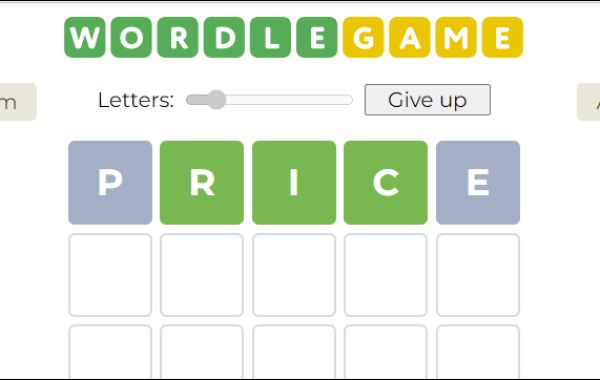"The Science Behind URL Compression Algorithms: A Deep Dive"
URL compression is a fundamental aspect of optimizing web performance, reducing data transfer times, and improving user experiences. This article takes a comprehensive look at the science behind URL compression algorithms, exploring the principles, techniques, and considerations that contribute to the efficient compression of Uniform Resource Locators (URLs).
**1. Introduction to URL Compression:
- URL compression involves reducing the length of URLs to enhance data transfer efficiency. This is particularly crucial in scenarios where bandwidth is limited, such as mobile networks, and in improving website load times.
**2. Challenges in URL Compression:
- Despite their seemingly simple structure, URLs can be challenging to compress efficiently. The presence of variable-length strings, special characters, and diverse components makes designing effective compression algorithms a nuanced task.
**3. Text Compression Techniques:
- URL compression often draws from established text compression techniques. Huffman coding, Lempel-Ziv-Welch (LZW) algorithm, and Burrows-Wheeler Transform (BWT) are among the methods used to achieve compression by representing common sequences more compactly.
**4. Frequency-Based Compression:
- Frequency-based compression relies on identifying and encoding frequently occurring patterns in URLs. Common components like domain names, paths, or query parameters may be assigned shorter representations, reducing overall URL length.
**5. Dictionary-Based Compression:
- Dictionary-based approaches involve creating dictionaries of frequently used terms in URLs. This allows the algorithm to replace these terms with shorter codes, reducing redundancy and achieving compression through substitution.
**6. Tokenization and Huffman Coding:
- Tokenization breaks down a URL into meaningful tokens, such as domain names, paths, and parameters. Huffman coding is then applied to assign shorter codes to more frequently occurring tokens, optimizing the representation of the URL.
**7. Adaptive Compression Techniques:
- Adaptive compression algorithms dynamically adjust their strategies based on the characteristics of the input data. This adaptability is crucial for handling diverse URL structures encountered in real-world scenarios.
**8. Gzip and Deflate Compression:
- Gzip and Deflate are widely used compression algorithms that operate at the HTTP level. While not specifically designed for URLs, they provide general-purpose compression and are commonly employed to compress web content, including URLs.
**9. Considerations for Efficient Compression:
- Efficient URL compression requires a balance between achieving significant size reduction and minimizing the computational overhead of encoding and decoding. Striking this balance ensures that the benefits of compression outweigh the costs.
**10. Impact on Web Performance:
- URL compression contributes to improved web performance by reducing the amount of data that needs to be transferred between clients and servers. This, in turn, leads to faster page load times and a more responsive user experience.
**11. Security Implications:
- While URL compression enhances performance, it raises security considerations. Compression-based attacks, such as the CRIME and BREACH vulnerabilities, have highlighted the need for secure implementations to prevent information leakage through compression.
**12. Standardization Efforts:
- Standardization bodies, including the Internet Engineering Task Force (IETF), continually explore and propose standards related to URL compression. These efforts aim to ensure interoperability and a common understanding of compression techniques.
**13. Future Trends in URL Compression:
- As web technologies evolve, the field of URL compression continues to advance. Emerging trends include the integration of machine learning techniques for adaptive compression and exploring ways to balance compression gains with security requirements.
**14. Practical Applications and Use Cases:
- URL compression finds practical applications in various domains, from improving the efficiency of content delivery networks (CDNs) to optimizing the performance of mobile applications and enhancing the user experience in web browsers.
**15. Conclusion:
- The science behind URL compression involves a multidisciplinary approach, drawing on techniques from text compression, coding theory, and data structures. As web technologies evolve, ongoing research and standardization efforts will shape the future of URL compression, impacting how we optimize web performance and deliver content efficiently across the internet.
source:







